When Apple, on the occasion of the developer conference WWDC 2020, presented its intention to switch from Intel processors to its own solution in the form of Apple Silicon, it was able to attract a lot of attention. As the giant mentioned, it was preparing for a relatively fundamental step in the form of a complete change of architecture – from the most widespread worldwide x86, on which processors such as Intel and AMD are built, to the ARM architecture, which, on the other hand, is typical for mobile phones and similar devices. Despite this, Apple promised a substantial increase in performance, lower energy consumption and many other benefits.
It could be interest you
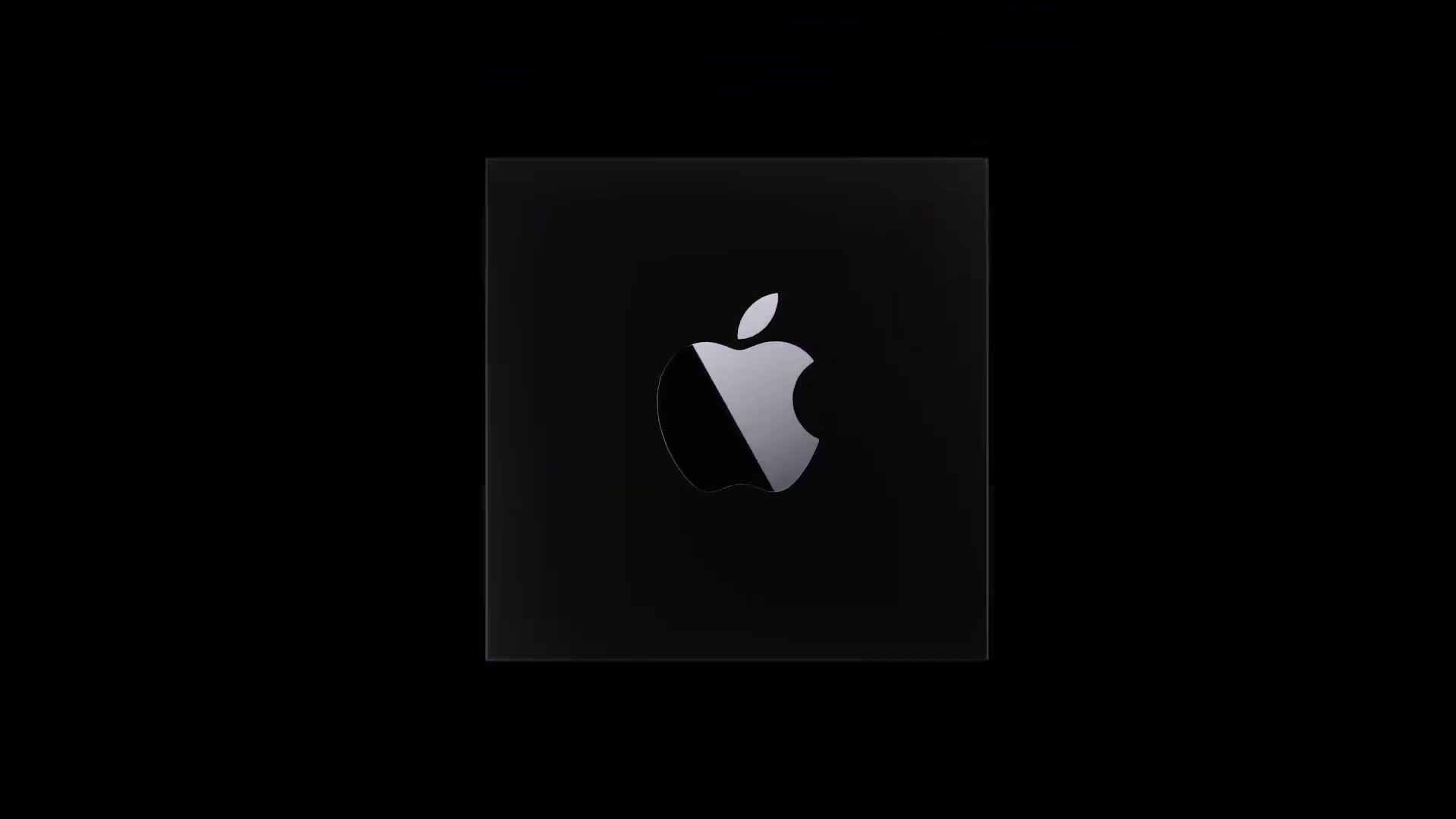
It is therefore not surprising that people were skeptical at first. The change came only after a few months, when the first trio of Apple computers equipped with the M1 chip was revealed. It really came with quite breathtaking performance and low consumption, which Apple clearly proved what potential is actually hidden in Apple Silicon chips. At the same time, however, apple growers encountered their first shortcomings. These are based on a change in the architecture itself, which unfortunately affected some applications. We even completely lost the possibility of installing Windows through Boot Camp.
Different architecture = different problems
When deploying a new architecture, it is also necessary to prepare the software itself. Of course, Apple optimized at least its own native applications in the beginning, but to ensure the proper operation of other programs, it had to rely on the quick response of developers. An application written for macOS (Intel) cannot be run on macOS (Apple Silicon). This is precisely why the Rosetta 2 solution came forward. It is a special layer that translates the source code and can run it even on a newer platform. Of course, the translation takes a bite out of some of the performance, but as a result, everything works as it should.
It is worse in the case of installing Windows through Boot Camp. Since earlier Macs had more or less the same processors as all other computers, the system had a native Boot Camp utility. With its help, it was possible to install Windows alongside macOS. However, due to the change in architecture, we lost this possibility. In the early days of Apple Silicon chips, this very problem was portrayed as the biggest of all, as Apple users lost the option to install Windows and encountered shortcomings in potential virtualization, even though a special edition of Windows for ARM exists.
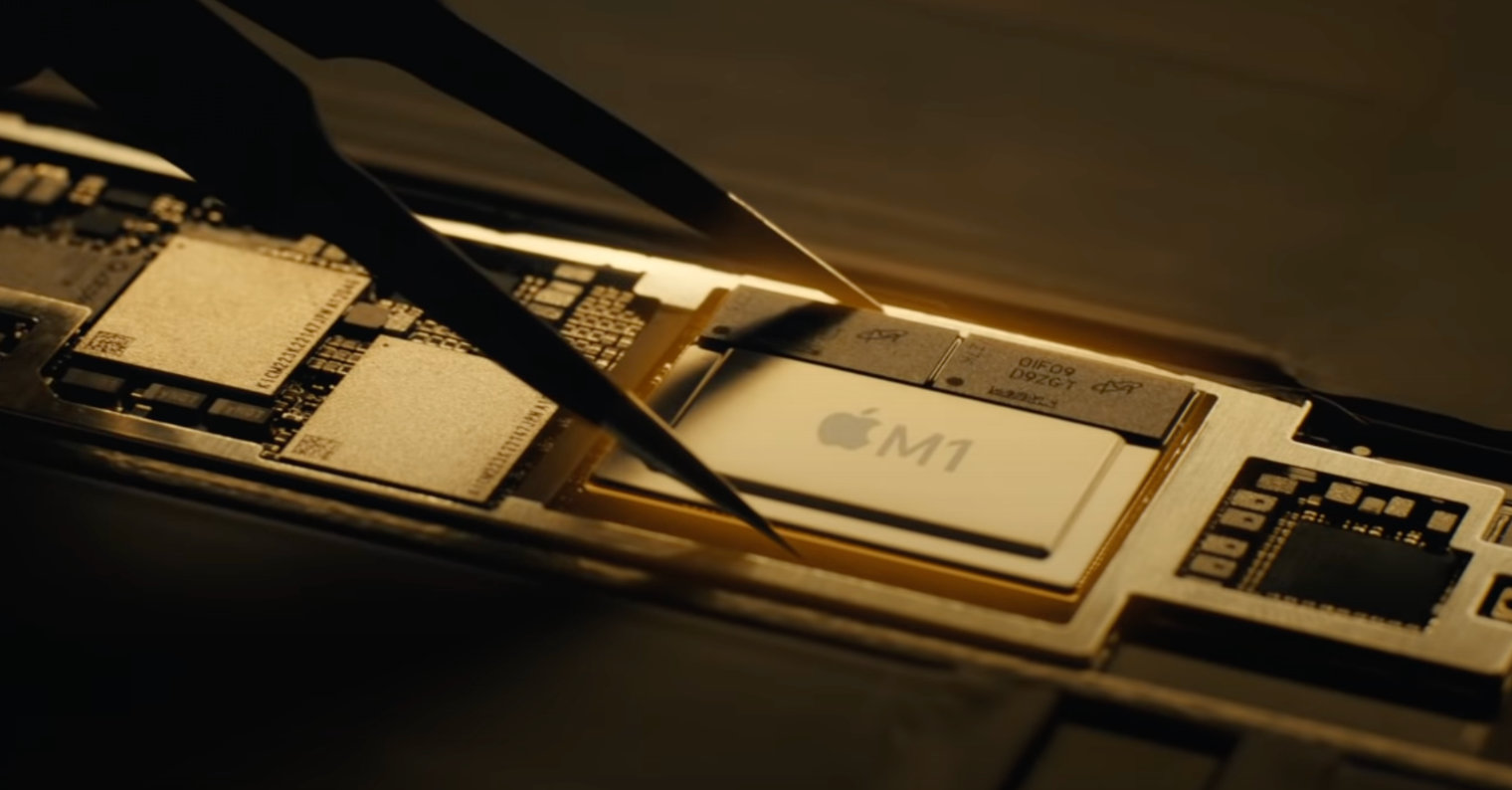
The problem was quickly forgotten
As we mentioned above, in the very beginnings of the Apple Silicon project, the absence of Boot Camp was portrayed as the biggest disadvantage of all. Although there was quite sharp criticism in this direction, the truth is that the whole situation was very quickly forgotten. This deficiency is practically no longer talked about in apple circles. If you would like to use Windows on a Mac (Apple Silicon) in a stable and agile form, then you have no choice but to pay for a license for the Parallels Desktop software. He can at least take care of its reliable virtualization.
It could be interest you
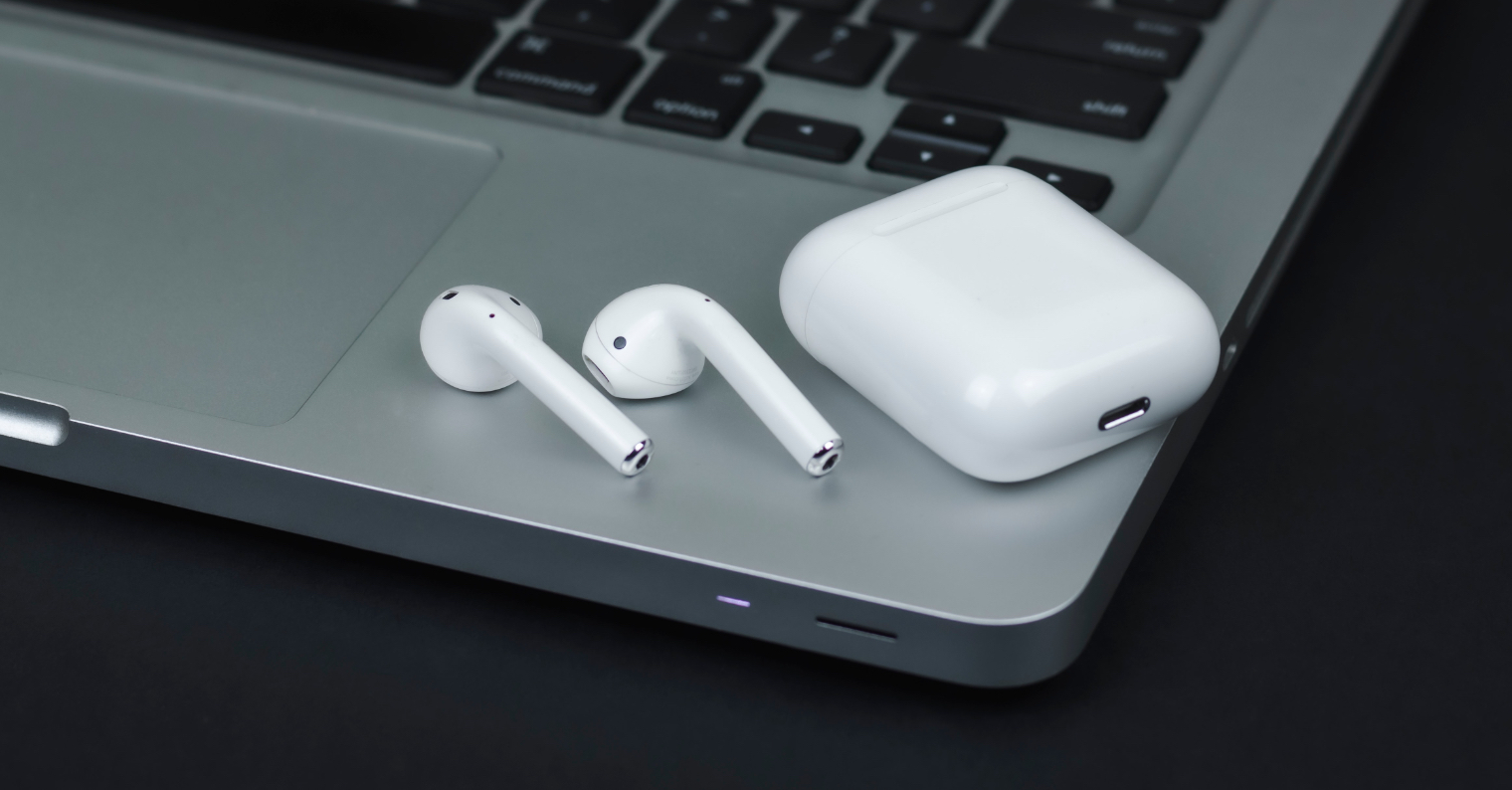
The question is also how is it actually possible that people forgot this once inescapable lack so quickly? Although for some, the absence of Boot Camp can represent a fundamental problem – for example, from a work point of view, when the necessary software is not available within macOS – for the vast majority of (ordinary) users, this practically does not change anything at all. This is also evident from the fact that the mentioned Parallels program practically has no competition and is thus the only reliable software for virtualization. For others, it is simply not worth investing considerable money and time in development. In short and simply, it can be said that the people who would welcome virtualization/Windows on Mac are far too small a group of users. Does the absence of Boot Camp on the new Macs with Apple Silicon bother you, or does this lack not concern you?
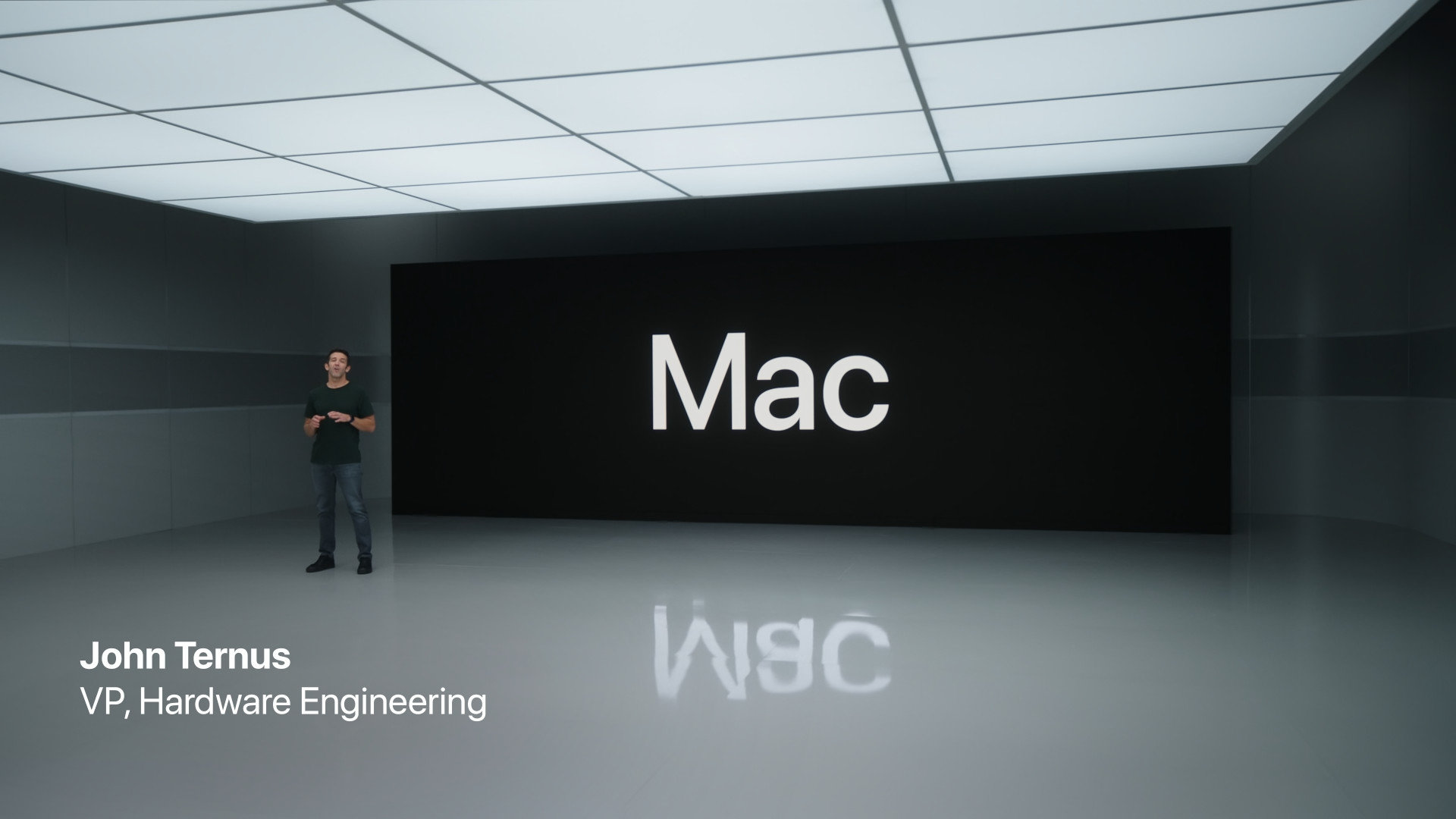
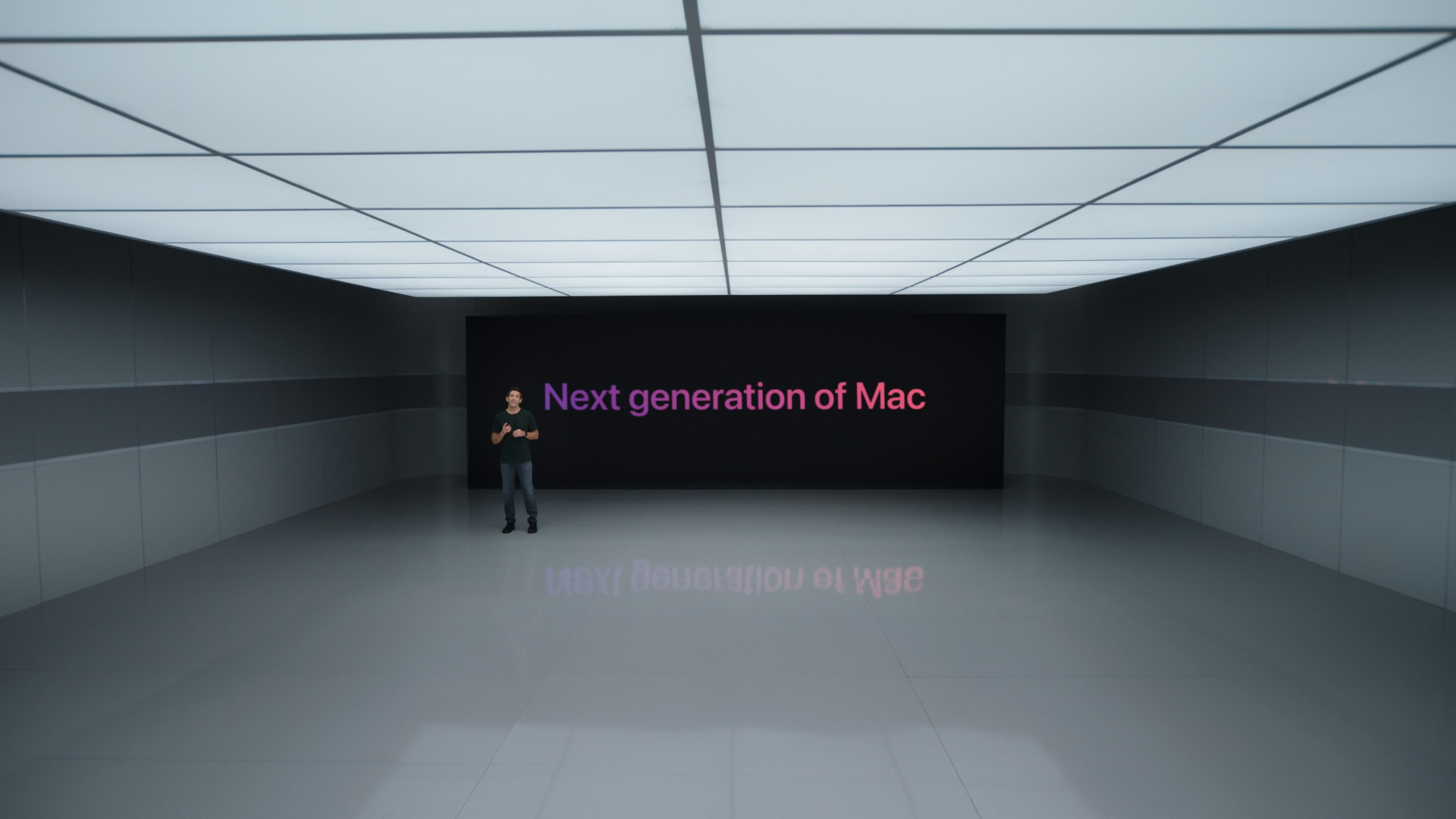
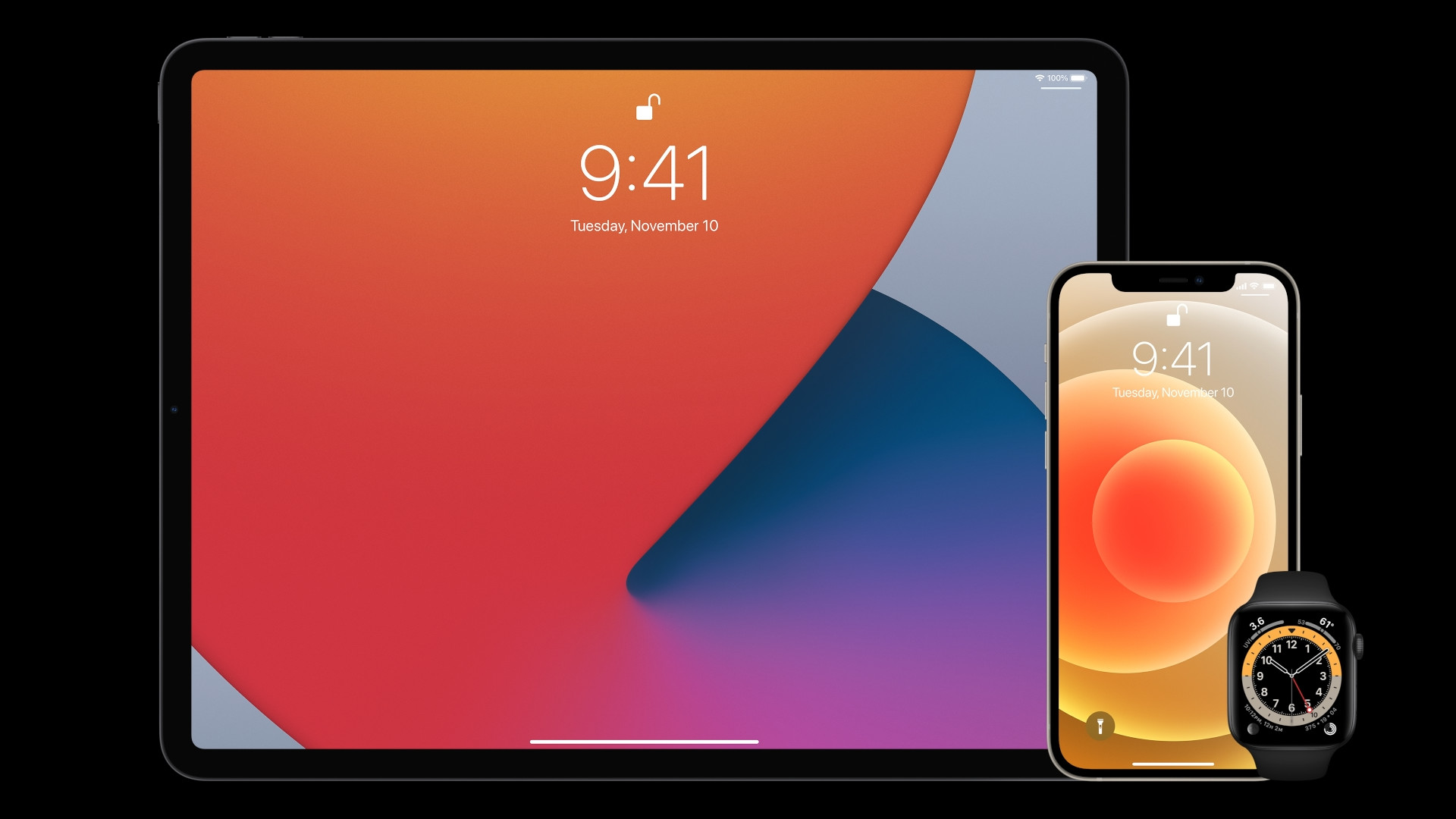
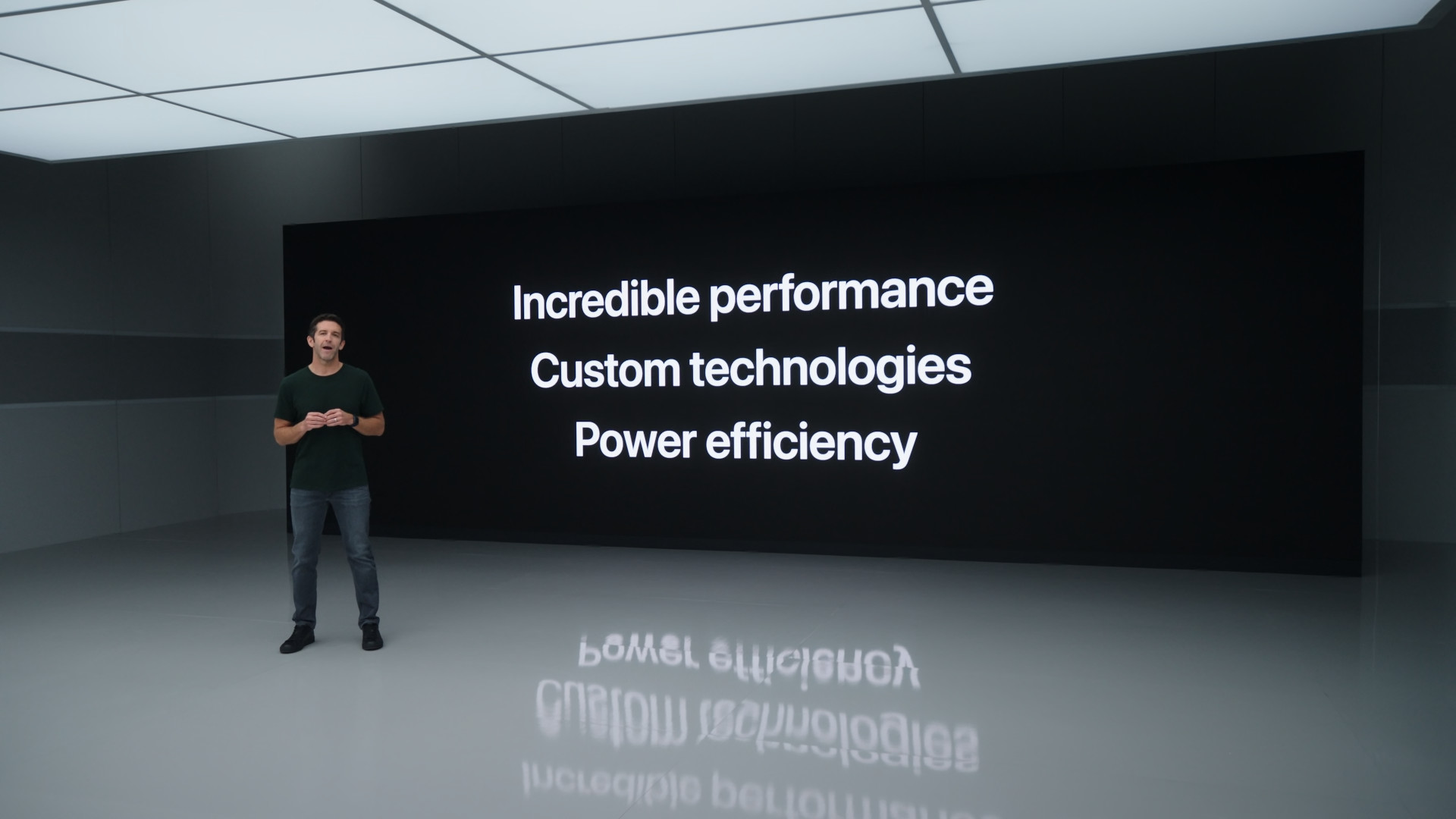

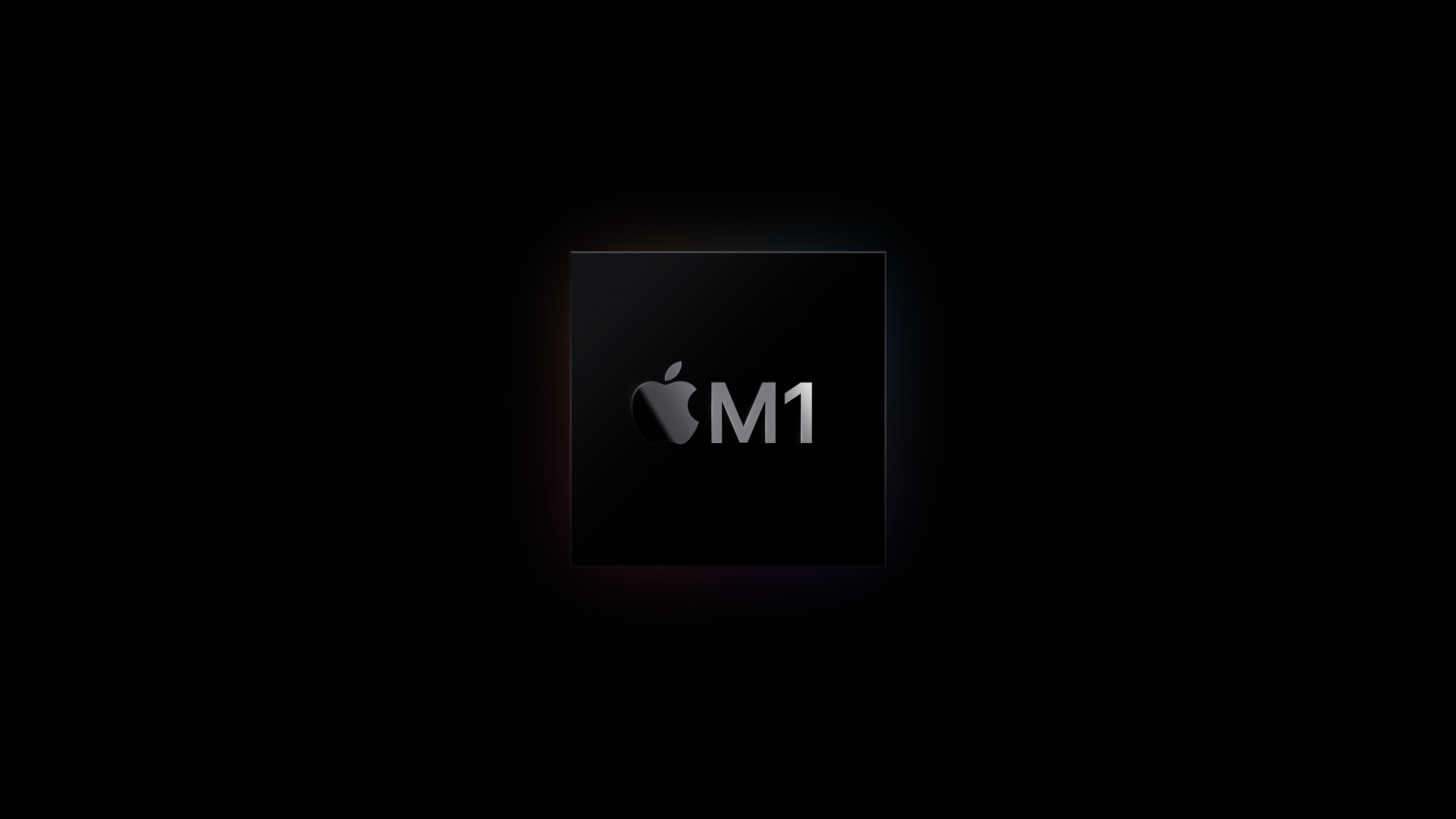
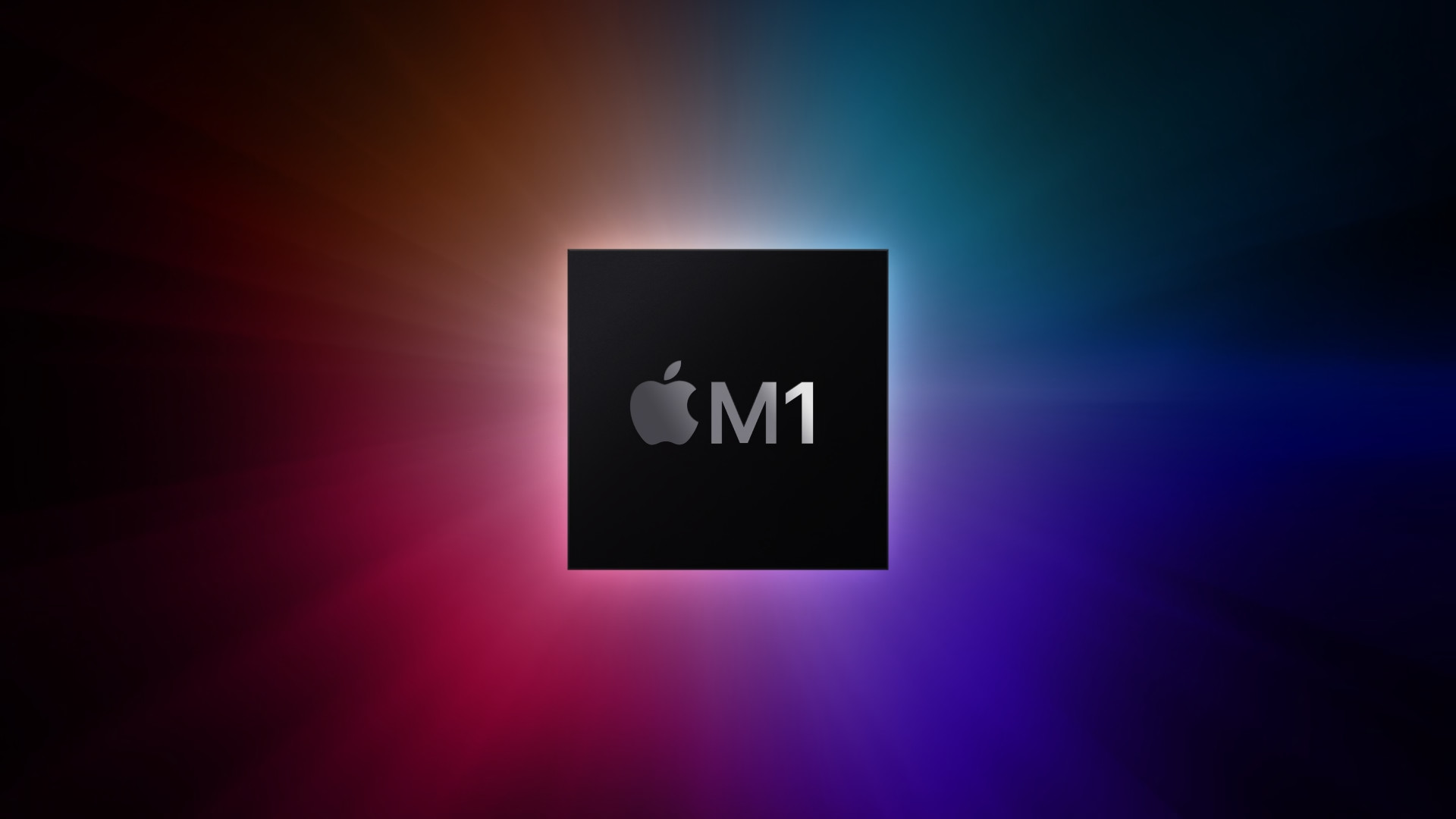
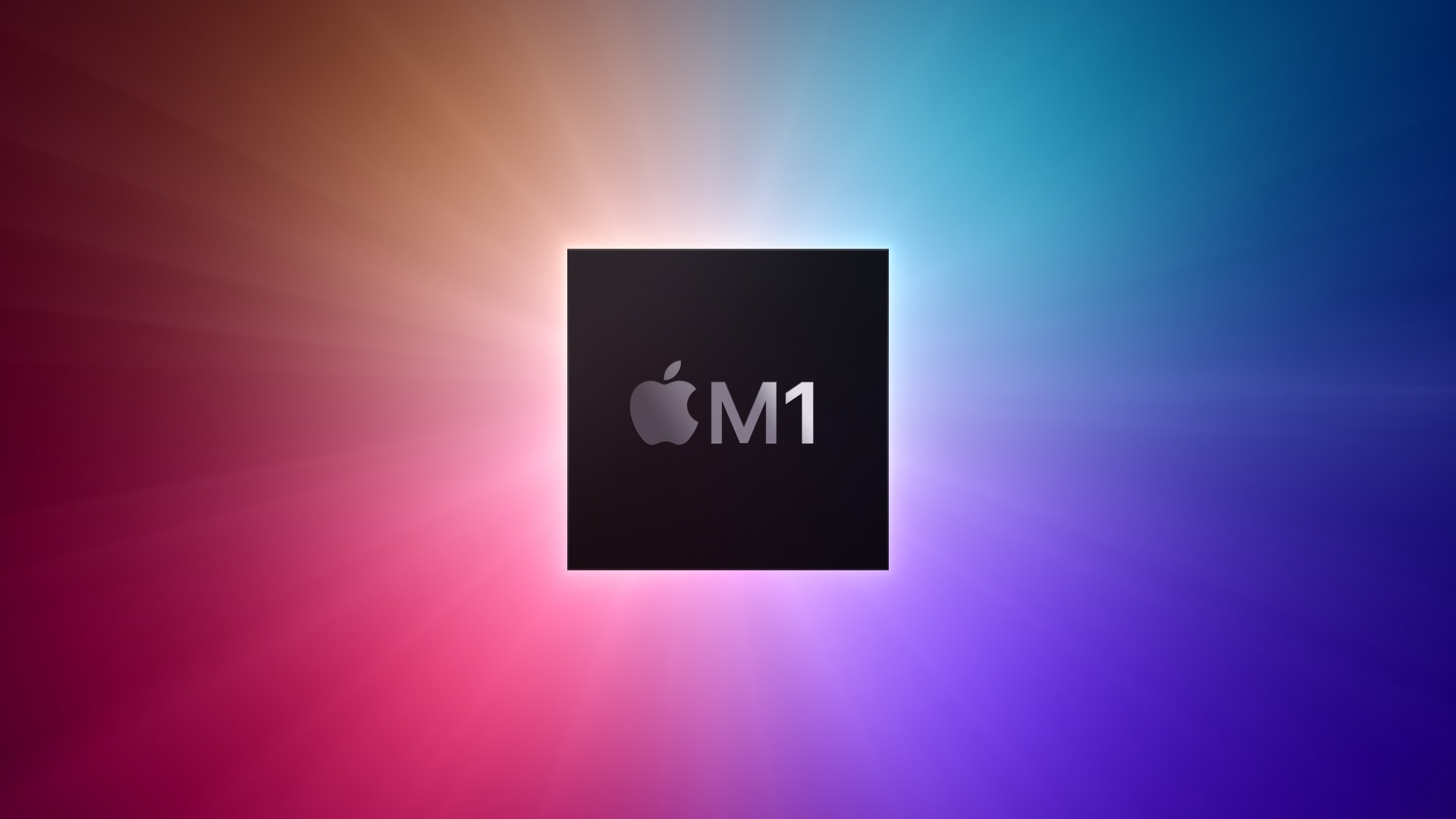
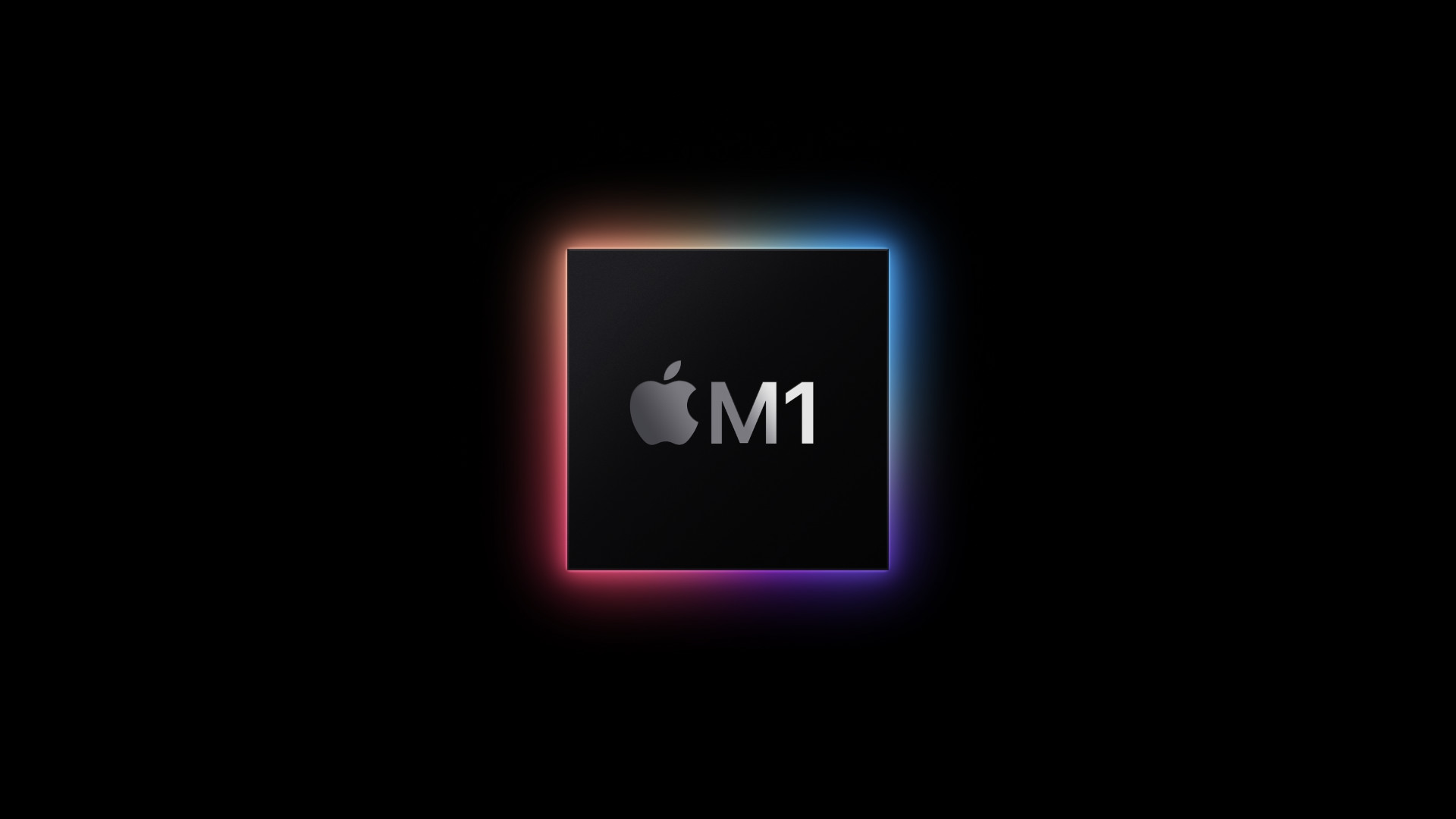
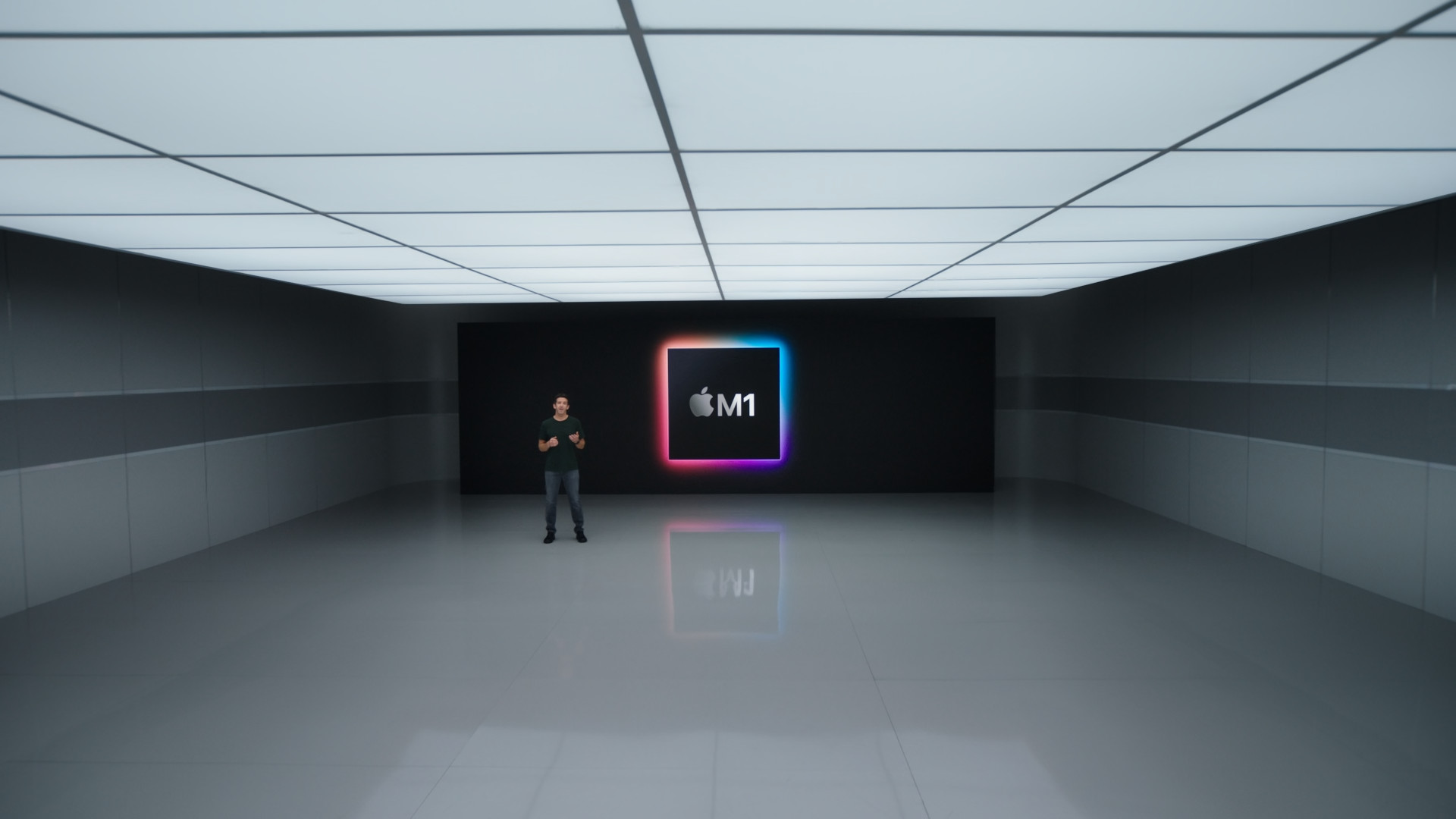


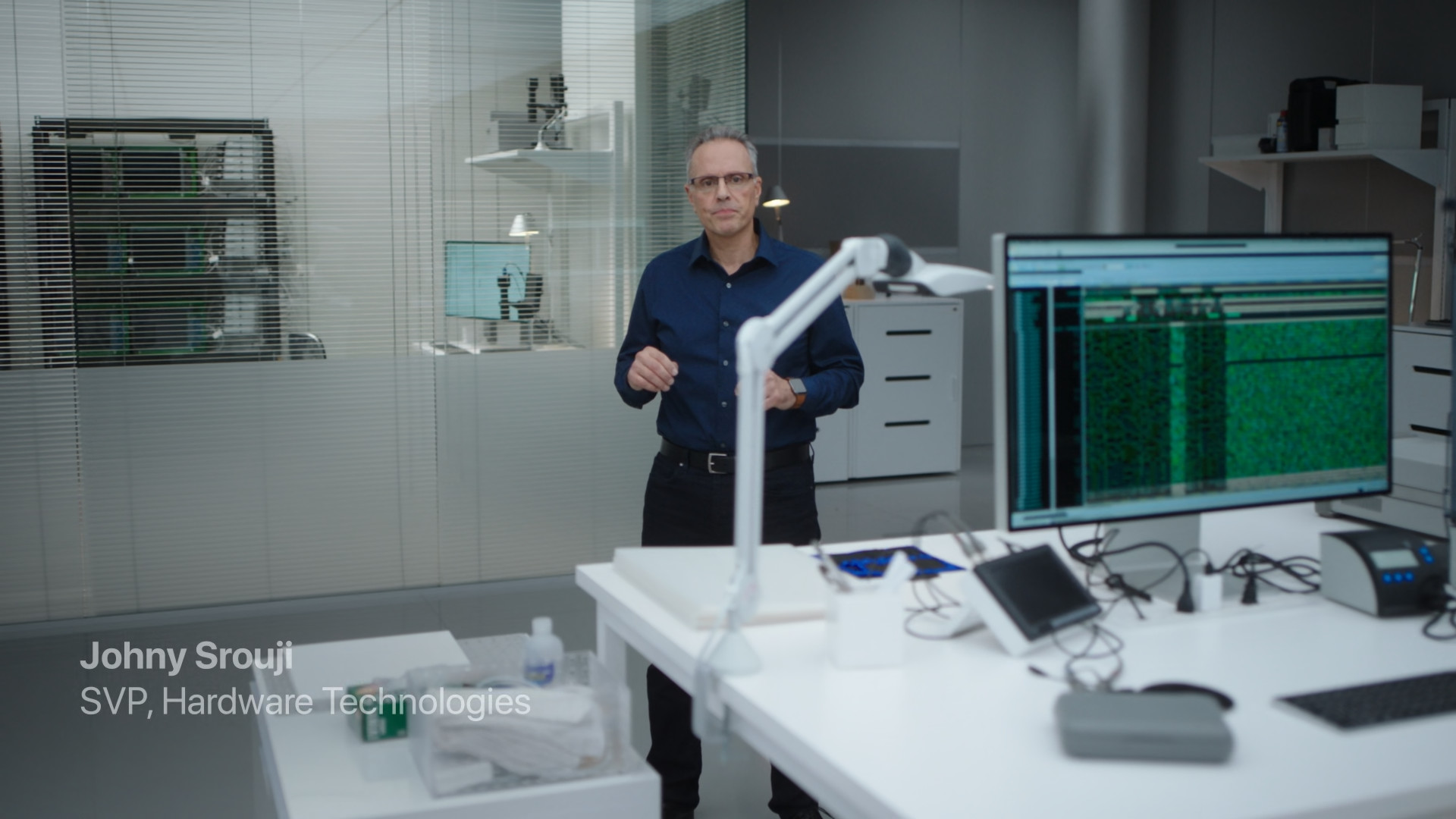


"the aforementioned Parallels program has virtually no competition", seriously?? what about VMWare, did you forget about it?
I tested Fusion from VMware, but it is currently a beta version at best, many things do not work on Apple Silicon. In contrast, Parallels works very well. On Intel cats, it could be taken as an equivalent solution, but now it's "sky and bagpipes"...